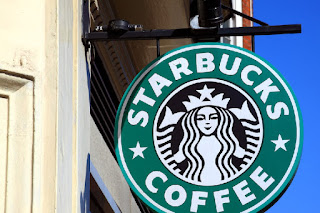Starbucks Workers United: Bend but Don’t Break Federal Labor Law
Starbucks Workers Pave the Way for Industry-Wide Organizing
After two years of campaigning, Starbucks Workers United succeeded in securing union recognition from Starbucks under the National Labor Relations Act. This was a rare victory, as unionizing has grown difficult. Starbucks’ direct ownership of stores enabled a focused effort against one major company. Still, creative tactics outside standard NLRB processes were necessary to compel Starbucks’ agreement.
Reviving Pre-NLRA Methods
With franchise workers unable to negotiate directly with large employers, California’s Fight for $15 turned to an earlier model — sectoral bargaining. Previously, unions organized entire regional industries under single contracts covering all employers.
The California Fast Food Council
A 1933 law enabled binding industry rules negotiated by unions and employers. Miners and garment workers standardized wages this way. Following suit, the new California Fast Food Council will facilitate bargaining across fast food chains and franchisees. The California Fast Food Workers Union will participate in setting wages, conditions and training sector-wide.
Advantages and Limitations
While less potent than traditional unions, this council approach surpasses having no negotiation avenue. Congress must modernize outdated labor laws to ease franchise worker unionization. The California experiment shows organizing remains possible despite legal barriers, and could evolve into regular union representation if laws are reformed. For now, it provides a path for workers left behind by broken promises of protection.



Comments
Post a Comment